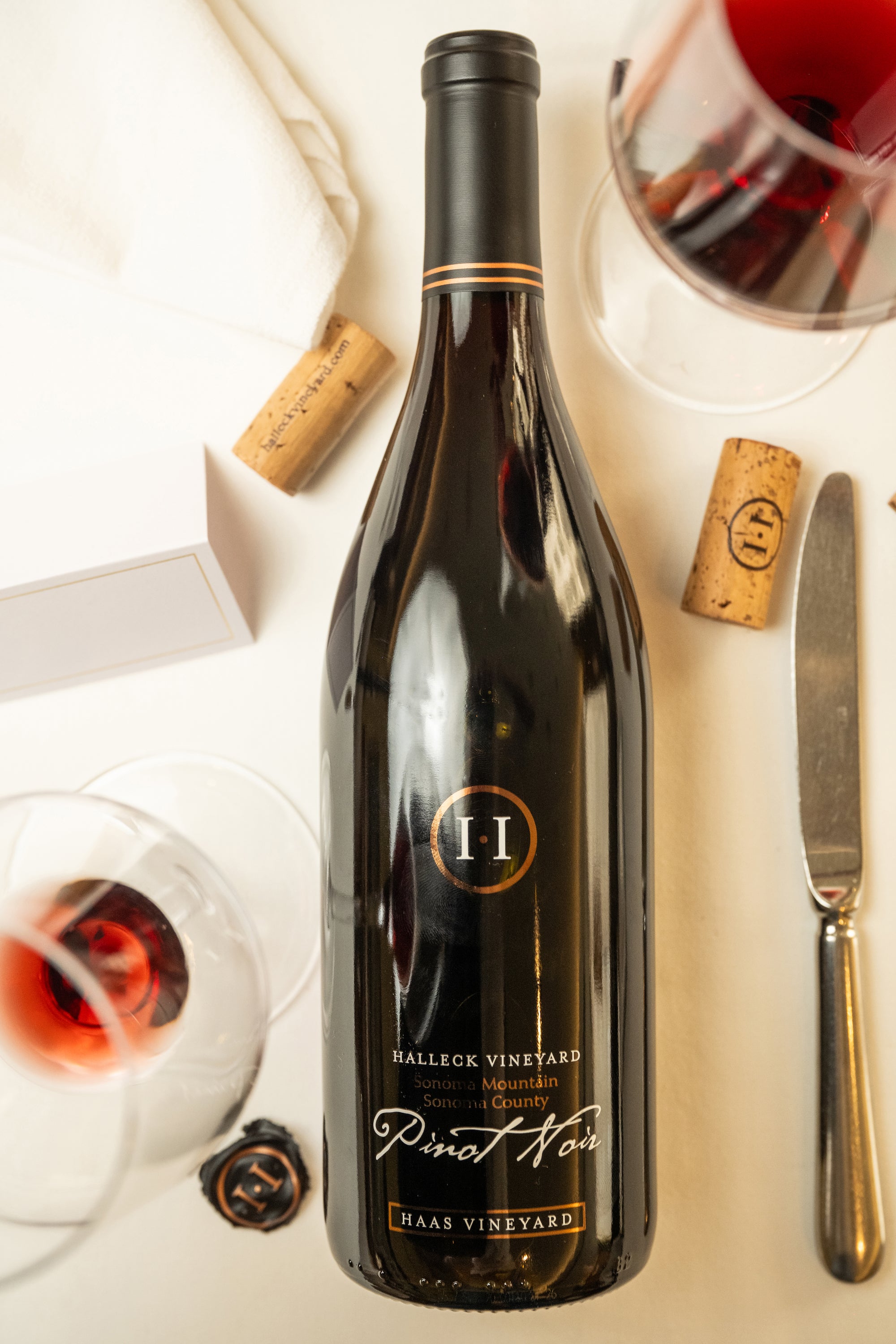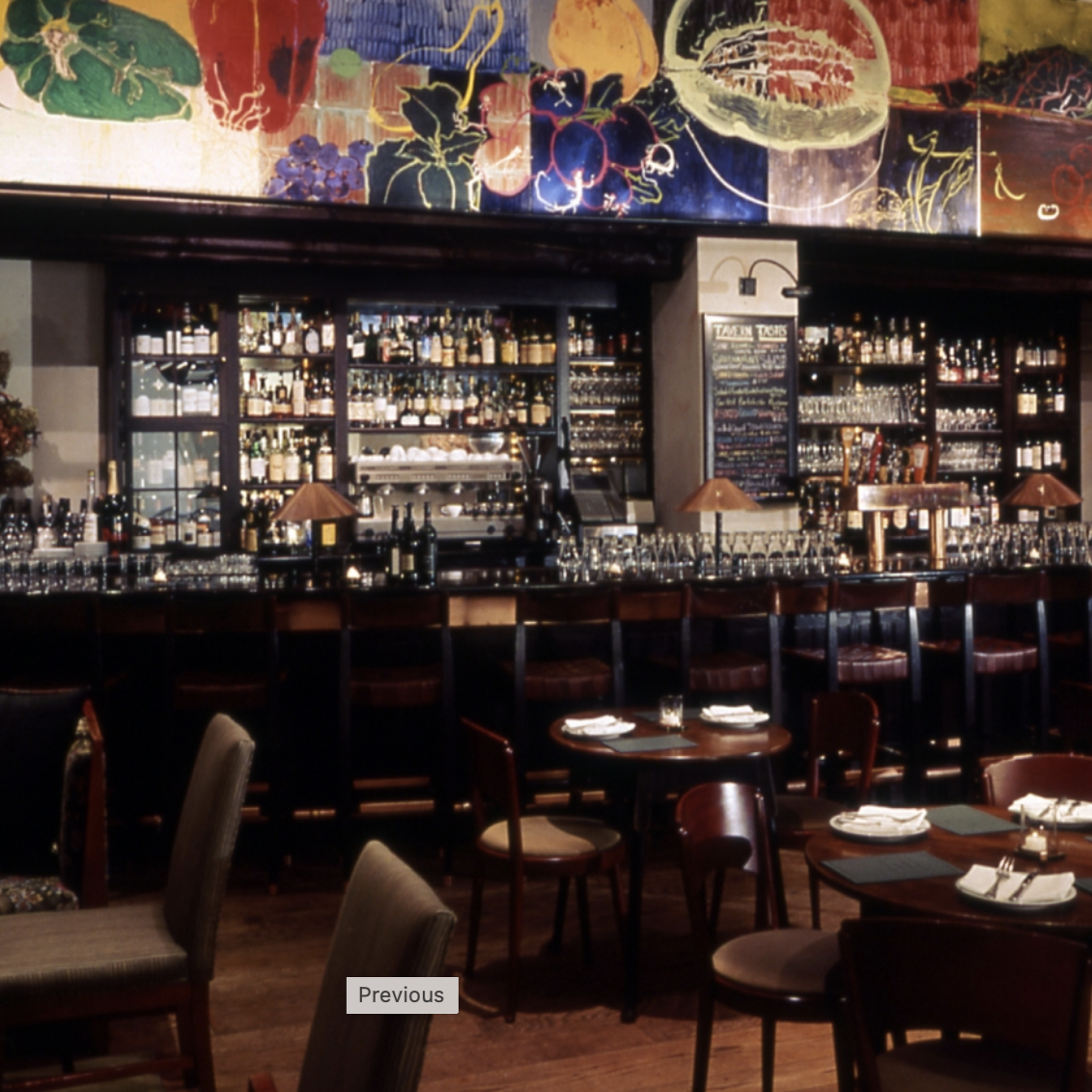Essential Tips for Vineyard Tours in Sonoma 95407
Essential Tips for Vineyard Tours in Sonoma 95407
Blog Article
Vineyard Adventures in Sebastopol for Friends
Understanding the nuanced vocabulary related to winery wine tasting is crucial for both novices and seasoned connoisseurs alike. Every term brings to life the experience of tasting wine and may improve one’s appreciation of the numerous intricacies concerned. Wine tasting is extra than simply drinking; it's an art that includes numerous senses and feelings.
To start with, the term "nostril" refers to the aromas one detects when smelling the wine. This is a crucial step as a end result of the bouquet units the stage for the tasting experience. Notes of fruit, spice, earth, and wooden may mingle, offering a glimpse of what the palate might confirm. Understanding "nosing" the wine can dramatically elevate one's sensory journey.
Another key side is the term "physique." The body of the wine describes its weight and fullness on the palate. A full-bodied wine has a robust presence and tends to linger longer after swallowing. Conversely, light-bodied wines could really feel more delicate and refreshing. Recognizing the body helps tasters assess the wine's structure and stability.
Uncover the Beautiful Wineries of Sonoma County 95461
The idea of "tannins" is significant in pink wine tasting. Tannins are compounds derived from grape skins, seeds, and stems, contributing to a wine's texture and aging potential. High tannin wines typically lead to a dry mouthfeel, whereas decrease tannin ranges yield a smoother experience. This distinction is particularly essential when pairing wines with food, as tannins can both complement or conflict with sure dishes.
In addition to tannins, "acidity" plays a significant position within the wine tasting experience. Acidity offers wine its crispness and liveliness - Recommendations for Family-Friendly Wineries in Sonoma County. Wines with higher acidity are typically refreshing and energizing, making them glorious companions for a selection of meals. Recognizing acidity can drastically enhance one’s food-pairing capabilities and overall tasting enjoyment.
When delving into the flavour profile of a wine, one may encounter the term "end." The finish refers to the aftertaste that lingers within the mouth after swallowing. A long end is often related to high-quality wines, because it signifies complexity and depth. A short end could suggest a simpler wine. Knowing tips on how to consider the finish can reveal a lot a couple of wine's character.
Exploring the "vintage" can be integral to wine tasting terminology. The vintage denotes the yr in which the grapes have been harvested. Completely Different years can yield vastly different results as a outcome of variations in local weather conditions. For instance, a scorching summer season can produce more concentrated flavors, whereas a cooler 12 months would possibly yield more subtle, nuanced wines. Understanding vintage allows for a deeper appreciation of a wine’s origin and potential.
Family-Friendly Wine Tasting Options in Sonoma County
The term "terroir" encompasses the geographical and environmental components that contribute to a wine's unique character. Factors similar to soil type, local weather, elevation, and topography all play a task within the flavor and high quality of the wine. This connection to put helps one understand why wines from totally different regions can style so distinctively different, even when created from the same grape selection (Planning the Ultimate Wine Tasting Day in Sebastopol).

When participating with wines, the phrase "leg" refers again to the droplets that type on the within of the glass after swirling. These droplets can indicate the wine's alcohol content and viscosity. Whereas observing the legs won't directly relate to the wine’s style, it provides to the general experience and intrigue of wine tasting less clear.
Tasting Room Etiquette for First-Time Visitors
A more particular term that may arise throughout tastings is "oak." The influence of oak barrels on wine can impart flavors corresponding to vanilla, toast, or spice. The diploma of oak getting older can range broadly among wines, affecting both aroma and style. Understanding oak therapy provides insights into the winemaker’s choices and the resulting complexity of the wine.
In wine tasting, one may additionally hear the term "palate." The palate refers to the general style experience in the mouth. This encompasses sweetness, bitterness, acidity, and physique. A well-balanced palate is crucial for a harmonious tasting experience, and recognizing any imbalances helps assess the standard of the wine.
The experience of wine tasting is significantly enriched by understanding the terminology that accompanies it. Each term serves a objective, enhancing the ability to convey thoughts and feelings about the wine one's experiencing. This vocabulary bridges communication between tasters, sommeliers, and winemakers alike.

To absolutely take pleasure in wine tasting, it's essential to engage all senses. The sight of the wine, its color, and readability can present insight into its age and quality. Swirling the wine releases aromas that heighten the olfactory experience, whereas the precise tasting allows for a complete evaluation of the wine's profile.
Best Clients' Recommendations in Sebastopol and Sonoma
In conclusion, understanding the detailed rationalization of winery wine tasting terminology tremendously enhances the experience of tasting. Every term invites the taster to interact extra deeply with the wine, encouraging connections to the senses, the winemakers, and the lands the place the grapes are grown. This nuanced vocabulary creates a richer, more fulfilling wine click to read more tasting experience.
- Aroma refers again to the scents released by the wine, which may point out its grape selection and affect the tasting experience.
- Tannins are pure compounds present in grape skins, seeds, and stems, contributing to the wine's structure and growing older potential.
- A end, or aftertaste, is the lingering flavor sensation that is still on the palate after swallowing, usually a key indicator of high quality.
- Physique describes the burden and fullness of wine within the mouth, typically categorized as light, medium, or full-bodied.
- Terroir denotes the distinctive environmental characteristics of a winery that have an effect on the taste and quality of the wine, together with soil kind and local weather.
- Acidity is a important part that contributes to a wine's freshness and steadiness, impacting its getting older functionality and general flavor profile.
- Vintage signifies the yr grapes have been harvested and plays a significant role in determining the wine's traits, reflecting particular weather conditions.
- Decanting includes pouring wine from its bottle into another vessel, allowing it to aerate and enhancing its flavors and aromas.
- A corked wine could also be tainted by a faulty cork, leading to musty or off-putting flavors that detract from the wine's meant profile.
- The term “legs” refers to the droplets that cling to the inside of a glass after swirling, often related to the wine's alcohol content material and viscosity.undefinedWhat is the that means of "nose" in wine tasting?undefinedThe "nose" refers to the aroma profile of the wine, which is detected by way of the sense of scent. It's an essential aspect of wine tasting, as aromas can reveal a lot in regards to the grape selection, winemaking process, and aging.
How ought to I correctly taste wine?undefinedTo taste wine successfully, comply with these steps: observe the color, swirl the wine to aerate it, take a delicate sniff to seize the aromas, sip and let it coat your palate, and eventually, note the finish. This method helps in appreciating the wine’s complexity.
What are "tannins" and how do they affect wine?undefinedTannins are pure compounds present in grape skins, seeds, and stems that contribute to a wine's structure and astringency. They can create a drying sensation in the mouth, and so they additionally play a task within the wine's aging potential.
Special Wine Tasting Festivals in Sonoma County 95404
What does the term "balance" imply in wine tasting?undefinedStability refers again to the concord between the different elements of a wine, such as acidity, sweetness, alcohol, tannin, and flavor depth. A well-balanced wine will have every of these parts supporting each other quite than overpowering the others.
What is the importance of "terroir" in wine tasting?undefinedTerroir encompasses the environmental factors—such as soil, local weather, and geography—that influence the characteristics of the wine produced in a selected region. Understanding terroir helps tasters recognize the distinctive qualities that different areas impart to their wines.
What does "vintage" imply and why is it important?undefined"Vintage" signifies the 12 months when the grapes have been harvested. It is essential as a end result of it impacts the wine’s quality and traits, as weather circumstances in the course of the growing season can considerably affect flavor profiles and aromatics.
What are "legs" and what do they signify?undefined"Legs" refer to the droplets that type and run down the within of a glass after swirling wine. Whereas they will point out alcohol content material and viscosity, they do not determine quality—this is more about personal notion of richness.
Top Wineries Near Sebastopol You Must Visit

What does "full-bodied" imply versus "light-bodied"?undefined"Full-bodied" wines are rich, dense, and infrequently have higher alcohol content material and complicated flavor profiles, whereas "light-bodied" wines are extra delicate and refreshing with a lower alcohol content. This distinction helps tasters perceive the anticipated weight and mouthfeel of the wine.
How can I determine fruit flavors in wine?undefinedTo establish fruit flavors, consider the aroma and taste profiles. Swirl the wine, inhale deeply to capture the bouquet, and focus on particular traits. Familiarity with typical fruit profiles of assorted grape varieties can enhance this identification process.
What is "finish" in wine tasting?undefinedThe "finish" refers to the aftertaste that lingers in the mouth after their explanation swallowing. A long, complex end is usually a sign of quality in a wine, because it displays the depth of flavor and overall craftsmanship within the winemaking process. Report this page